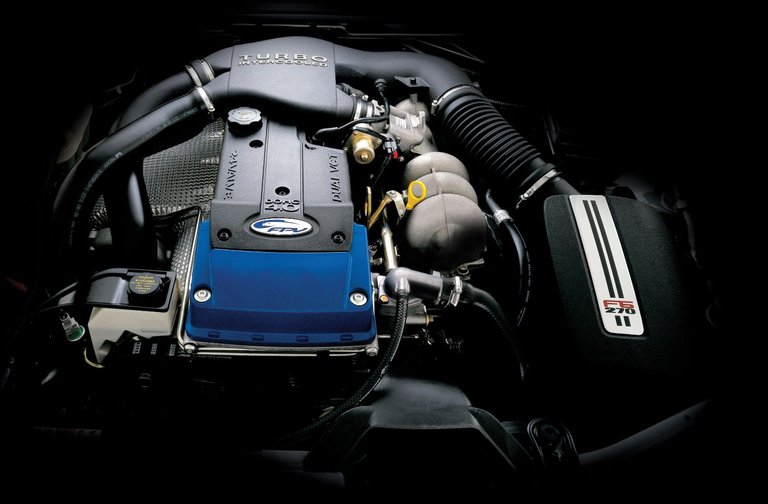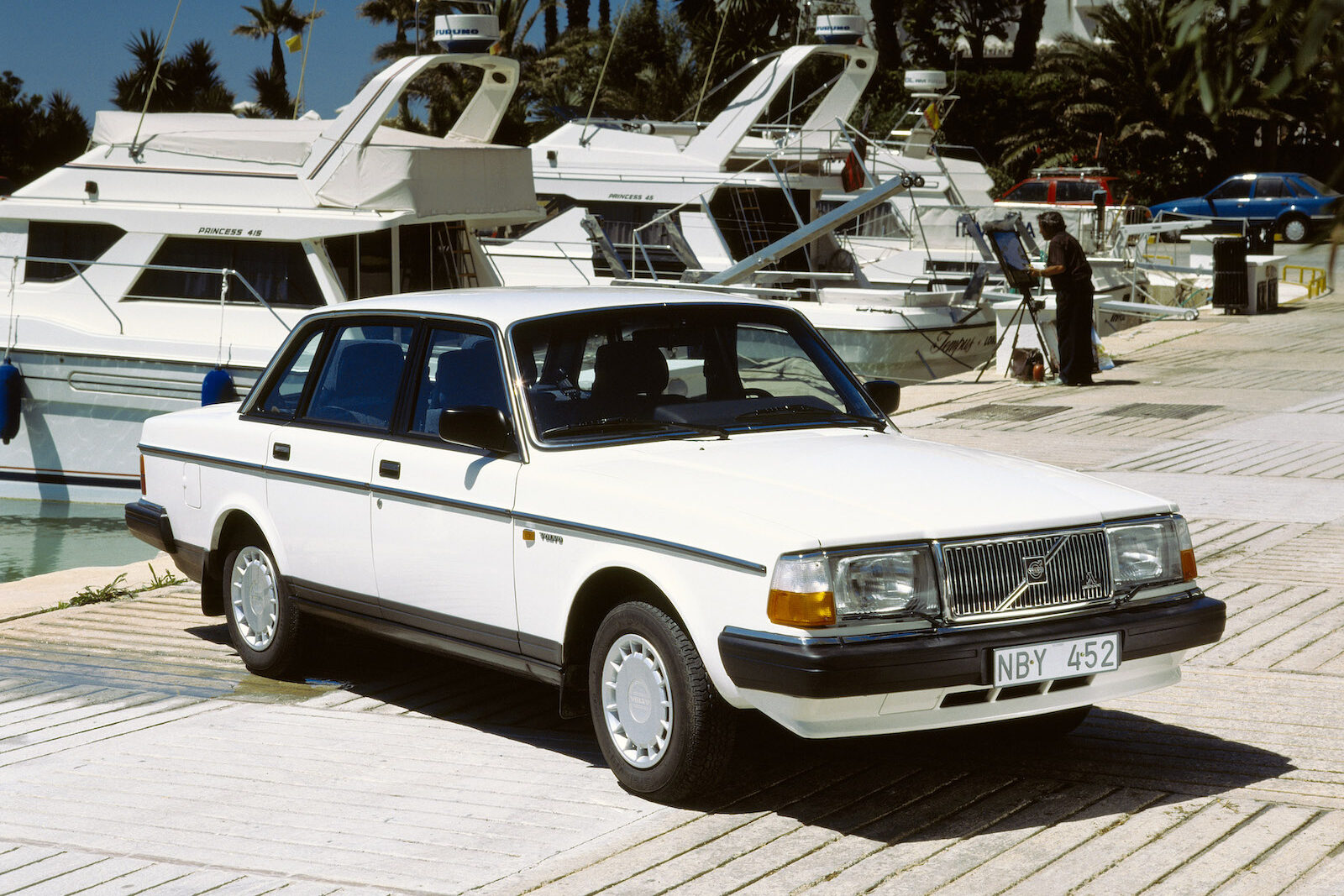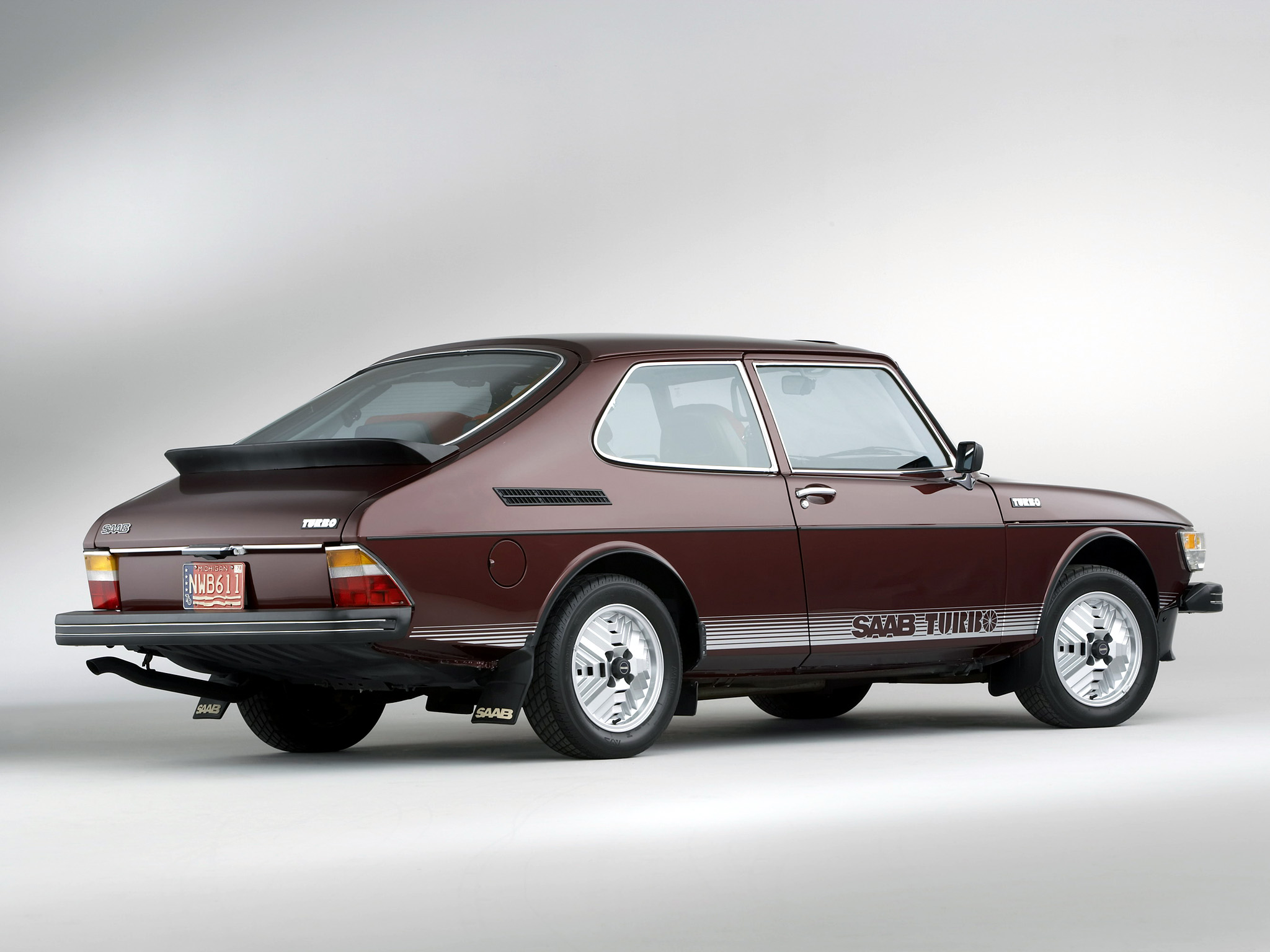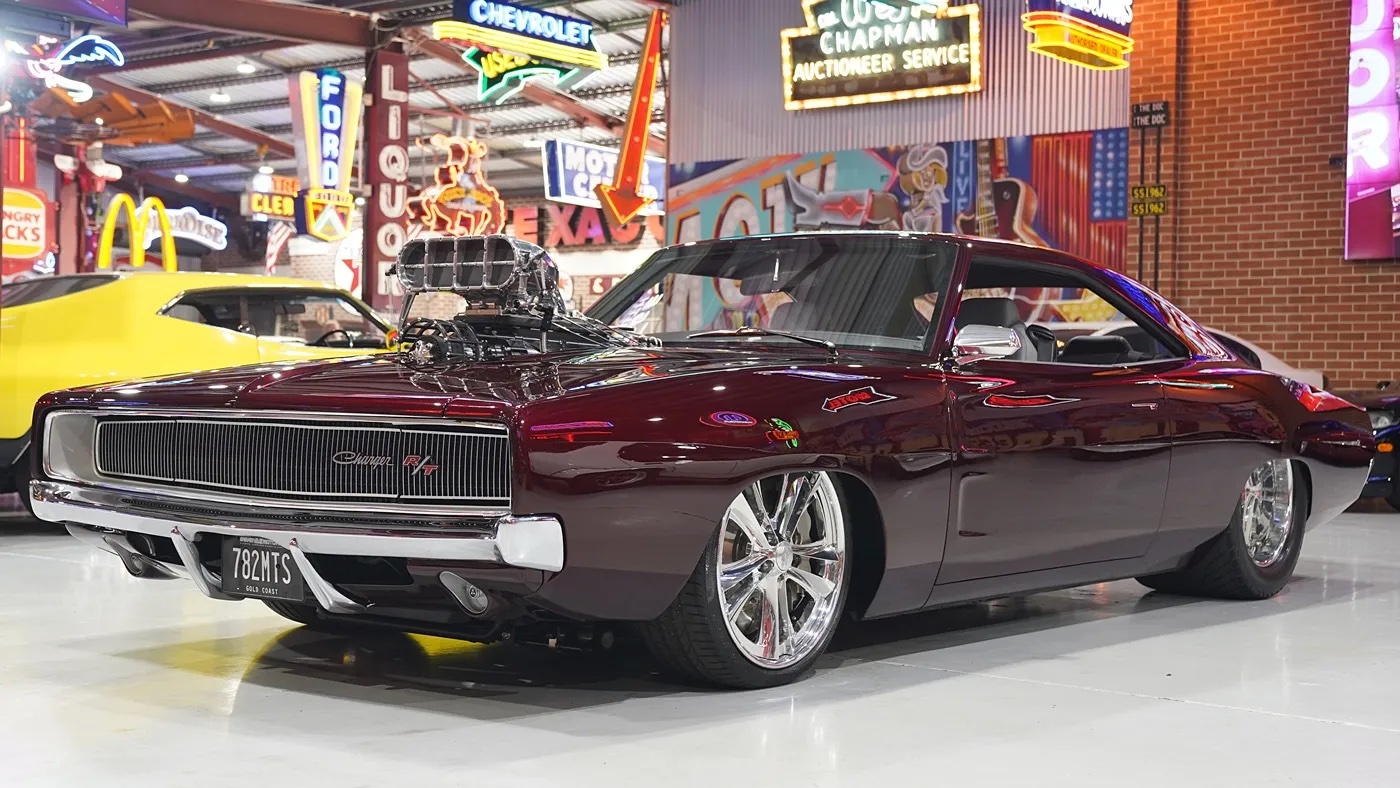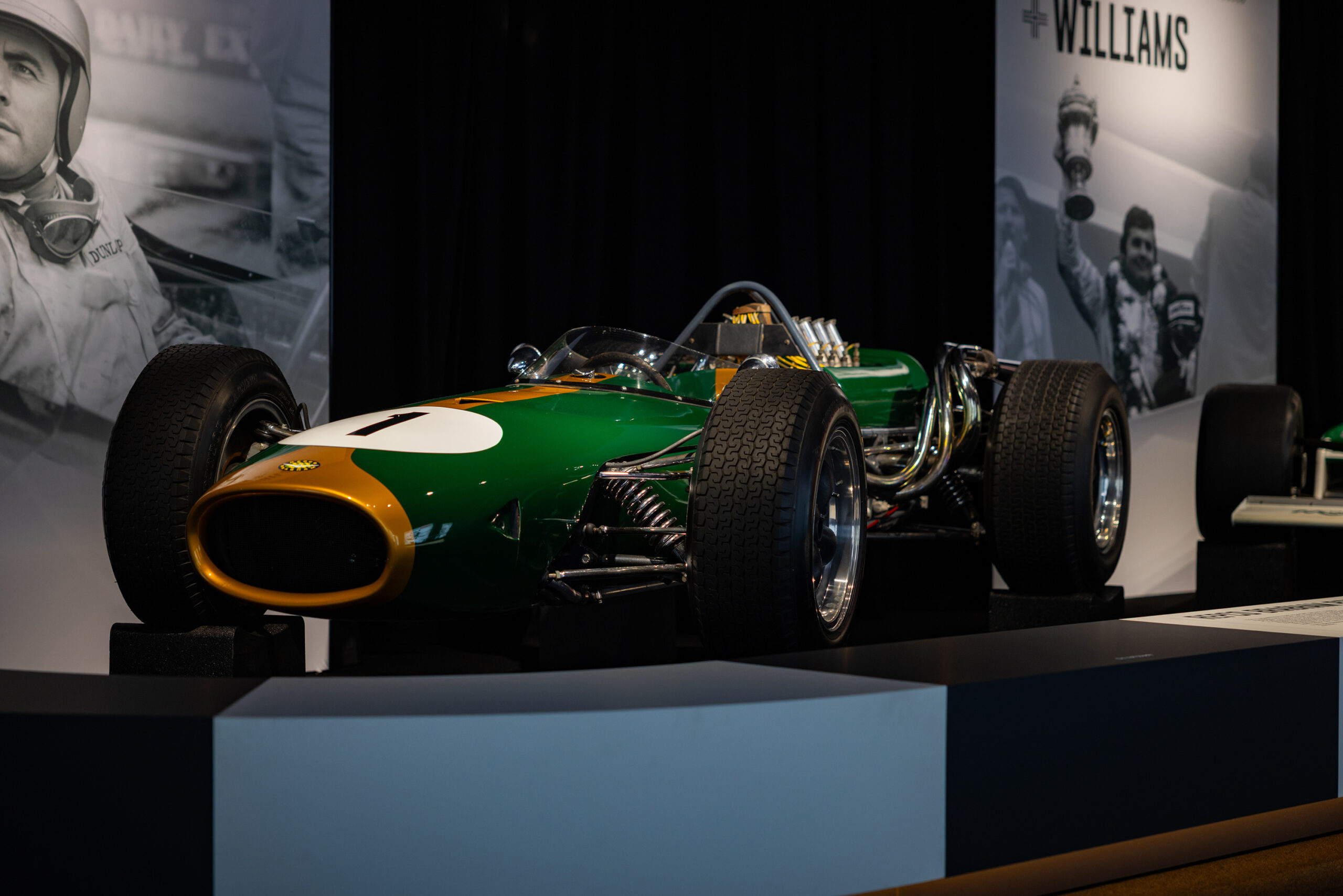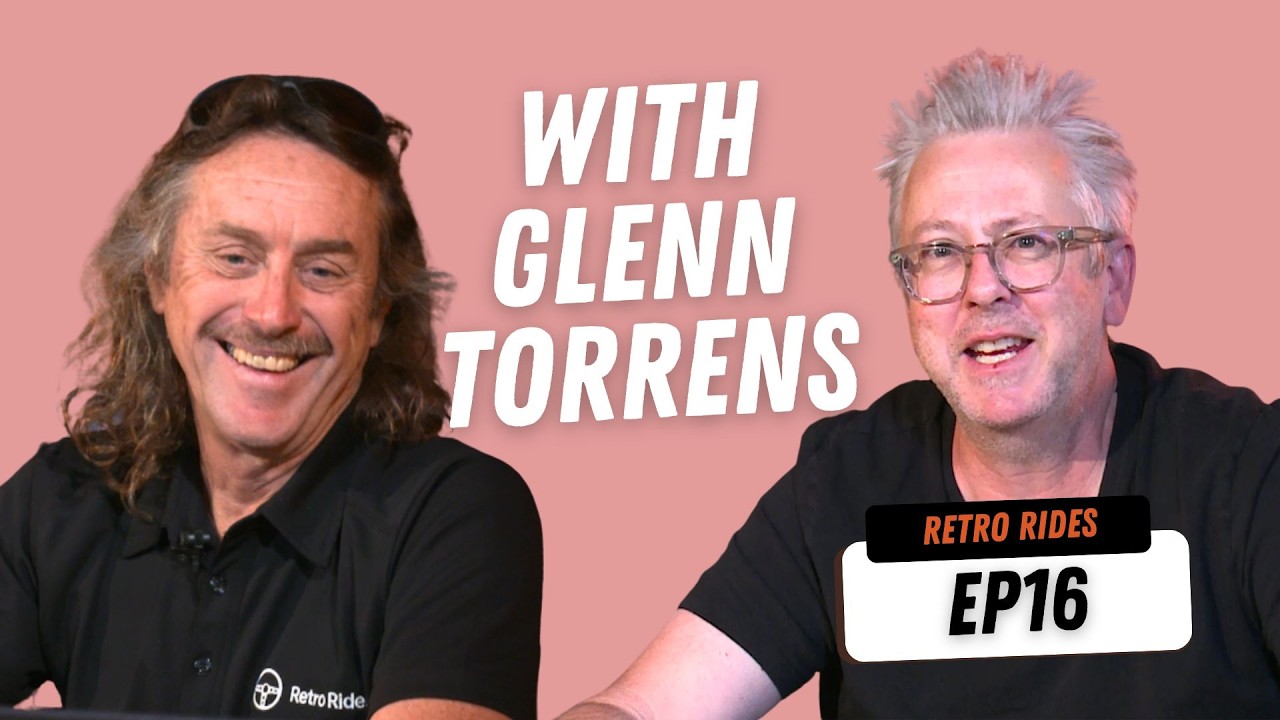How Ford’s adoption of turbocharging for its inline six-cylinder engine created one of the fastest four-doors on the planet.
It may have ended up with an aquatic moniker, but Ford’s turbocharged 4.0-litre inline-six – colloquially known as the ‘Barra’ – initially carried a more avian title.

Ford’s turbocharged 4.0-litre inline-six – colloquially known as the Barra – Image Ford Australia
During development, it was called ‘Gull’ (as in seagull) because those in the know were confident it would, “s**t on everything else.” And that was largely the case.
For Australia’s performance top dog to have only six cylinders wasn’t without precedent. According to official road test figures, the E49 Charger R/T could outsprint a GT-HO Phase III, while decades later Holden’s VL Turbo gave its big brother the 4.9-litre V8 a bruised ego. Now it was Ford’s turn.
While Ford racing guru Howard Marsden initially proposed a supercharger, Tickford program manager Gordon Barfield believed that force-feeding the Blue Oval’s new six had to be the work of a turbocharger.

4.0-Litre displacement meant Barra could deliver big power at low boost – Image Ford Australia
With so much capacity, it didn’t take much boost – about 6psi – to send outputs skyrocketing, meaning the base BA Falcon’s already healthy 182kW/380Nm swelled to a V8-rivalling 240kW/450Nm.
On paper, the XR8’s 260kW/500Nm 5.4-litre V8 kept it as king of the hill. But, in reality, the six had more power pretty much everywhere and was a sharper drive to boot, thanks to its lighter front end.
The original XR6 Turbo’s Achilles’ heel was its recalcitrant Borg Warner five-speed manual, making the four-speed auto (with Sport mode and manual shifting) the pick, even for enthusiast driving.

The XR8’s 260kW/500Nm 5.4-litre V8 kept it as king of the hill. But, in reality, the six had more power – Image Ford Australia
Ford quickly rectified this with the BA II facelift, introducing the Tremec T56 six-speed manual. Not only was it a much sweeter-shifting proposition, its higher torque rating allowed the newly formed Ford Performance Vehicles to introduce the 270kW/550Nm FPV F6 Typhoon.
Several high-profile clutch failures in media cars was an initial stumble, but once sorted it became Ford’s knight in the fight with the new 6.0-litre HSV VZ Clubsport.

Ford Falcon FPV F6 – Image – FPV
Another big improvement arrived with the BF upgrade but once again it was transmission related. The new ZF six-speed automatic matched with the turbo six like toast and vegemite.
The engine itself scored an extra 5kW/30Nm thanks to a more powerful ECU, but while outputs remained static the BF II XR6 Turbo had heart surgery with stronger valve springs and conrods.
A move to the FG-series gave Ford an excuse to give the Barra a major birthday. A smaller, faster-spooling turbo, new intercooler and tiny compression bump (8.7 to 8.8:1) resulted not only in higher outputs (270kW/533Nm) across a wider range but better response to boot.

Significant changes including a smaller more efficient turbo arrived with the FG Falcon – Image Ford Australia
FPV went the other way, dropping compression, increasing the turbo and intercooler size and fitting bigger injectors to create the 310kW/565Nm F6 ute and sedan. Once the 245mm-wide rear tyres had a chance to hook up, it made the F6 one of the fastest four-doors on the planet.
The introduction of the 335kW/570Nm 5.0-litre supercharged ‘Miami’ V8 in the FG Mk II FPV models meant the Barra Turbo finally had to give up its mantle as Australia’s most potent powerplant, but there was still one round left in the chamber.

Under the right conditions a transient over-boost function let the ultimate Barra thump out 370kW/650Nm – Image Ford Australia
For the last-hurrah XR6 Sprint, the engineering team put the juicy F6 ancillaries – plus a fancy new carbon fibre intake – on the high-compression XR6T engine to create a 325kW/576Nm monster.
But that wasn’t all. For years there had been rumours and speculation that Ford’s boosted engines – both six and eight – were making more grunt than claimed and for the Sprint models it was finally confirmed.
So long as the temperatures were right, a transient over-boost function let the ultimate Barra thump out 370kW/650Nm.
The result in the hands of this author was 0-100km/h in 4.89sec and a 12.89sec quarter mile at 184.11km/h. To put that in perspective, an all-wheel drive, twin-turbo V8 C5 Audi RS6 (which cost multiples of the price of the FPV) could manage 0-100km/h in 4.92sec and 13.08sec at 172.3km/h over the quarter.
Today, the Barra legend lives on, the Aussie secret escaping out into the world. As iconic Japanese engines like the RB26 and 2JZ have become rarer and more expensive, Ford’s tough-as-nails six has become the go-to engine swap.
YouTube sensation Adam LZ put one in an S550 Mustang, 4×4 fans soon discovered an easy way to give their Patrols and LandCruisers an unholy amount of grunt, and they’ve even found their way under the bonnets of BMWs in the European drift scene.
The mighty Barra makes a strong case as the best Australian engine ever.

